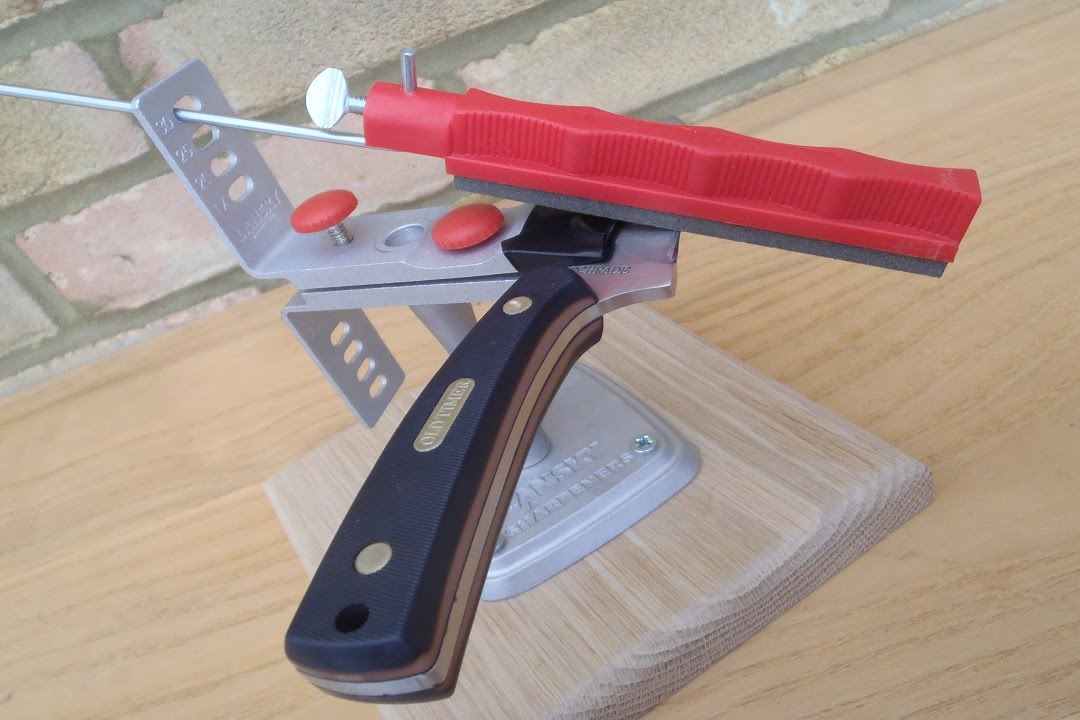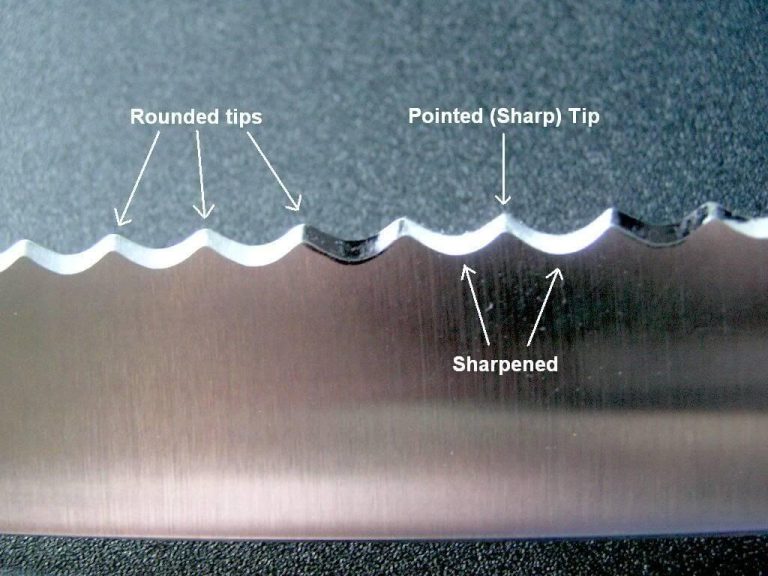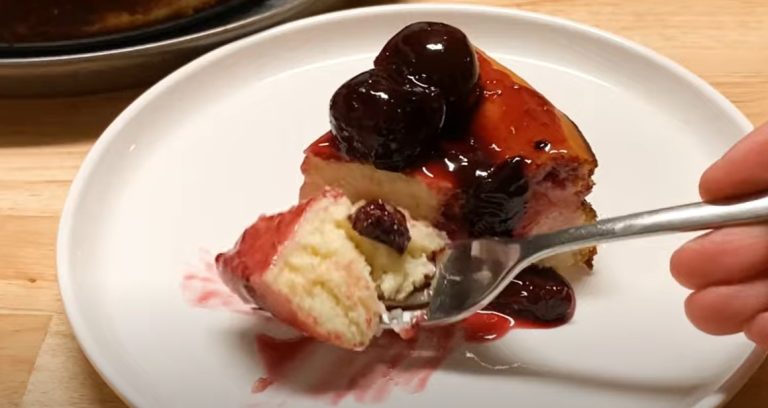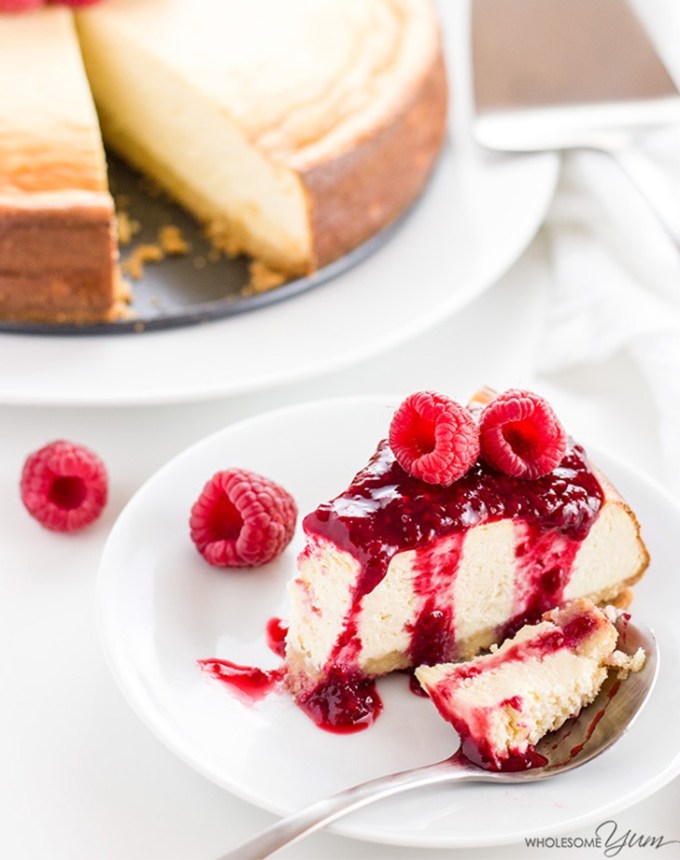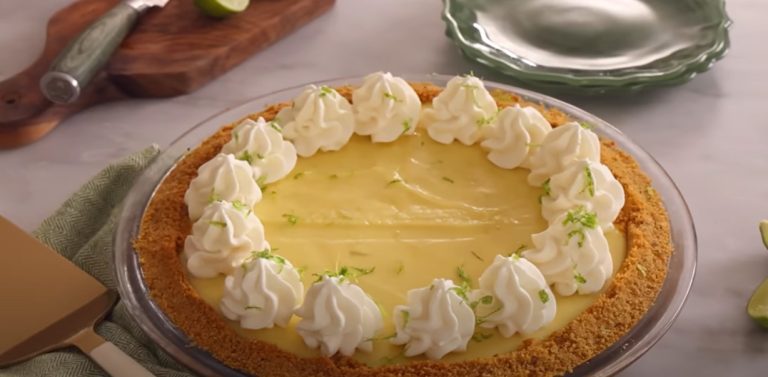How to Use Lansky Knife Sharpener? Expert Tips for Razor Sharp Blades
How to use lansky knife sharpener? Clamp the knife blade securely in the Lansky guide, choosing the desired sharpening angle. Insert the honing rod into the guide hole matching your angle. Apply honing oil to the stone, then move it along the blade edge in smooth strokes. Repeat with finer stones until sharp.
The Lansky Knife Sharpener is designed to make your blades razor-sharp quickly and safely. In this guide, you’ll discover simple, step-by-step instructions to get the best results every time. Imagine slicing through your next task with ease—this is exactly what you’ll learn.
Keep reading to unlock the full potential of your knives and make sharpening a breeze.
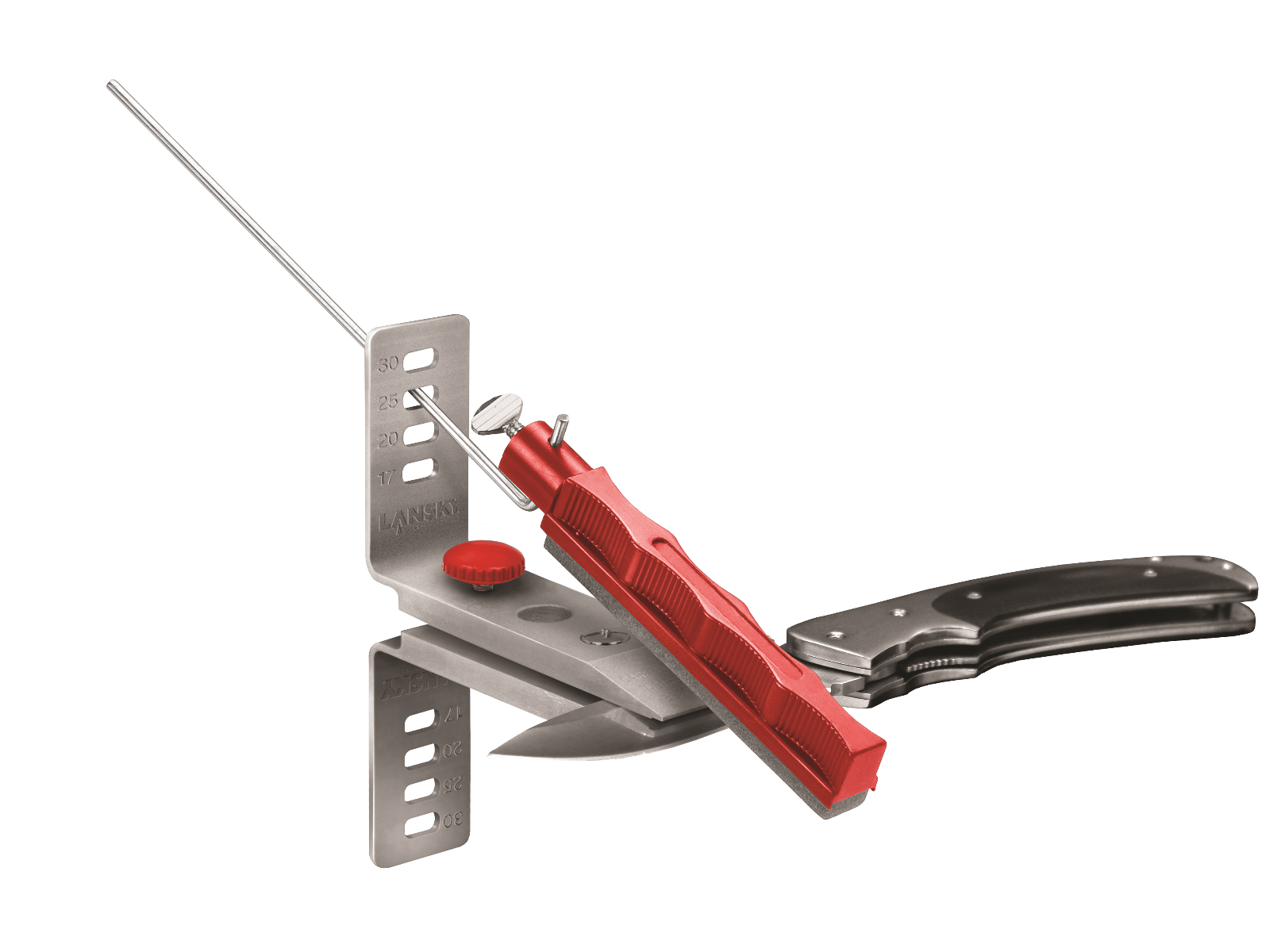
Credit: www.lansky.com
How to Use Lansky Knife Sharpener?
Lansky Sharpener Components
The Lansky knife sharpener has several key parts. Each part helps make sharpening easy and precise. Knowing these parts helps you use the sharpener correctly. Here is a simple guide to the main components.
Base Clamp Setup
The base clamp holds your knife steady. It keeps the blade safe and fixed during sharpening. You place the knife in the clamp and tighten it. This stops any movement that can cause uneven edges.
Make sure the clamp is secure before you start. A tight grip gives better control and sharper results.
Sharpening Stones Overview
The sharpener comes with different stones. Each stone has a roughness level for specific tasks. Coarse stones fix dull or damaged edges. Fine stones polish the blade for smoothness.
Use the stones in order from coarse to fine. This process brings a sharp, clean edge to your knife.
Guide Rod Function
The guide rod holds the stone at a steady angle. This angle is important for a sharp edge. The rod moves the stone along the blade evenly. This makes sharpening simple and consistent.
Follow the guide rod path for the best results every time.

Credit: www.youtube.com
Preparing Your Knife
Proper preparation of your knife ensures a smooth sharpening process. It helps protect the blade and your hands. Start by making sure the knife is clean and free from dirt or grease. This step makes the sharpening more effective.
Next, securely fixing the knife in the clamp keeps it steady. It prevents slips and keeps the blade at the right angle. These simple steps set a strong foundation for using the Lansky Knife Sharpener.
Cleaning The Blade
Use warm water and mild soap to clean the blade. Remove any dirt, oil, or food particles. Dry the blade completely with a soft cloth. A clean blade sharpens evenly and avoids damage.
Securing The Knife In Clamp
Open the clamp on the Lansky sharpener. Place the knife blade inside, aligning it with the guide rods. Tighten the clamp to hold the blade firmly. Check that the blade does not move or slip. A stable knife ensures safe and precise sharpening.
Sharpening Techniques
Sharpening a knife with the Lansky Knife Sharpener requires some skill. Using the right techniques helps you get a sharp, smooth edge. Follow simple steps for better results and longer blade life.
Focus on the grit, angle, and number of strokes. Each step affects the sharpness and durability of your knife.
Choosing The Right Grit
Start with coarse grit to fix dull or damaged blades. Coarse grit removes metal fast and reshapes the edge. Move to medium grit for general sharpening. It smooths the edge and fixes minor nicks. Finish with fine grit to polish the blade. Fine grit creates a sharp, clean edge and improves cutting performance.
Maintaining Consistent Angles
Keep the blade at a steady angle while sharpening. Lansky kits have angle guides for this purpose. A consistent angle ensures even sharpening. Changing angles can create a weak or uneven edge. Hold the knife firmly and slide it smoothly across the stones.
Number Of Strokes
Use the same number of strokes on each side of the blade. This keeps the edge balanced and sharp. Start with 5 to 10 strokes per side for coarse grit. For medium and fine grit, use 10 to 15 strokes per side. Check the blade often to avoid over-sharpening. Stop once the edge feels sharp and smooth.
Finishing And Honing
Finishing and honing sharpen the blade to a smooth, precise edge. This step removes small burrs and refines the blade’s sharpness. It prepares your knife for clean, easy cutting. Proper finishing extends the life of your blade and improves performance.
Using The Honing Stone
Attach the honing stone to the Lansky system. Use light pressure and gentle strokes along the blade. Move the blade at the same angle used during sharpening. Repeat on both sides evenly. This process aligns the edge and removes tiny imperfections. It makes the blade sharper and smoother.
Polishing The Edge
Polish the blade with the fine-grit stone or leather strop. Use slow, controlled strokes away from the edge. This step smooths the edge and removes any leftover burrs. Polishing gives the blade a clean, shiny finish. It also enhances cutting precision and reduces friction.
Maintenance And Safety Tips
Proper maintenance and safety are key to using the Lansky Knife Sharpener effectively. Taking care of the sharpener keeps it working well for a long time. Following safety tips prevents injuries during sharpening. This section covers important steps to clean, store, and handle the sharpener safely.
Cleaning The Sharpener
Clean the sharpening stones after each use. Use a soft brush or cloth to remove metal filings. Avoid using water unless the stones are designed for wet use. Dry the stones completely before storing. This prevents rust and damage to the stones.
Storing The Stones
Store the sharpening stones in a dry place. Keep them in their original case or a small box. Avoid places with high humidity to prevent rust. Store stones flat to avoid warping or cracking. Proper storage extends the life of the stones.
Safe Handling Practices
Always hold the sharpener firmly during use. Keep fingers away from the blade edge. Sharpen knives on a stable surface to avoid slips. Wear protective gloves for extra safety. Follow the instructions carefully to reduce accidents.
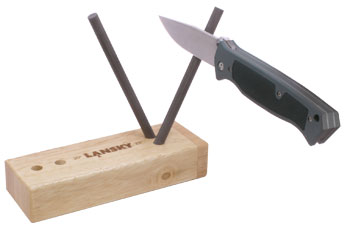
Credit: www.lansky.com
Frequently Asked Questions
How Do I Set The Correct Angle On Lansky Knife Sharpener?
Adjust the guide rods to match your knife’s edge angle before sharpening. This ensures a sharp, even edge.
How Many Strokes Are Needed To Sharpen A Knife?
Usually, 5 to 10 strokes per side are enough. Check the edge regularly for sharpness.
Can Lansky Sharpener Work On All Knife Types?
Yes, it works well on most knives, including hunting, kitchen, and pocket knives.
Conclusion
Using the Lansky Knife Sharpener helps keep your blades sharp and ready. It offers a simple way to sharpen knives evenly and safely. Following the steps carefully makes the process easy and effective. Regular sharpening extends your knife’s life and improves cutting performance.
Practice a few times to get comfortable with the technique. Your knives will cut better and last longer with proper care. Try the Lansky sharpener and see the difference yourself. Sharp knives make kitchen tasks faster and safer.
Related Article
- Is Astercook a Good Knife Brand? Unveiling the Truth
- 7 Best Culinary Knife Set for Precision and Durability in Your Kitchen
- 7 Best Carbon Steel Knife Set for Precision and Durability in Kitchen
- 7 Best Carpet Cutter Knife for Precision and Heavy Duty Cutting Tasks
- 7 Best Concealed Carry Fixed Blade Knife for Tactical and Everyday Use
- 7 Best Ccw Knife Picks: Top Tactical and Survival Blades Reviewed

